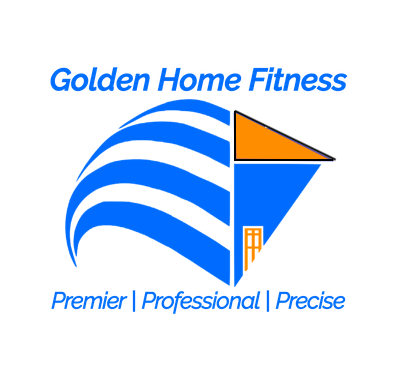How to Keep Workout Progress Moving Forward with Workouts at Home!
When considering how to keep progressing with workouts at home, most people think they need to buy heavier weights and fancier equipment.
You’re not most people, and you know there’s a more pragmatic approach; lucky for you, this article will give you just that! Today we’re going to talk about the science behind how your body responds to taking it slow...
How Do Your Muscles Work?
Now, before we get into the nitty-gritty, here’s an overview: when you perform most movements, the primary muscles being used are getting shorter or contracting (your biceps during curls as you raise your hand up), and then getting longer or stretching (the action as you lower the weight back down).
The shortening action is known as concentric (doing the work) and the lengthening is known as eccentric (returning to rest). So how will this help you keep progressing with workouts at home? Understanding the difference gives you a new tool with which you can continue to improve by emphasizing to a greater degree the concentric or eccentric phases.
Let’s dig into some research, starting with the interesting note that with eccentric movements, more fast twitch muscle fibers are recruited compared to concentric movements.
Since different muscle fibers are recruited during a lengthening vs. a shortening movement, it would be advantageous to train both movements to activate as many muscle fibers as possible.
There are multiple ways to do this. For example, a three to six-second eccentric movement could be used to make an exercise more difficult.

Practical Examples to Use Today
So all that science is nice, but how can you really keep progressing with workouts at home? Let’s take a push-up, for example, are you a superstar and can bust out dozens of push-up?
Try slowing down the lowering portion of the exercise as your chest and tricep muscles lengthen on the way down (eccentric), then drive yourself back up, shortening the chest and tricep muscles to return to the top (concentric).
Have you mastered the elevated push up with your hands on a countertop? Going straight to the floor may be too big of a jump. If you don’t have a good halfway point, slowing down the eccentric part of the movement can help you continue to progress until you’re ready!
We hope this quick guide has provided value in helping you to keep progressing with workouts at home! If you’d like to get more tailored advice with a coach that comes to you, sign up for your free coaching session!
We also have great videos on our YouTube channel giving you the best steps to make the most out of training at home, including our expansive home exercise library!
This article is based on a research review originally written our Coach Jake Freedman and has been adapted by Coach Will Hansen with permission.
Referenced:
Mike, J. N., Cole, N., Herrera, C., Vandusseldorp, T., Kravitz, L., & Kerksick, C. M. (2017). The Effects of Eccentric Contraction Duration on Muscle Strength, Power Production, Vertical Jump, and Soreness. Journal of Strength and Conditioning Research,31(3), 773-786. doi:10.1519/jsc.0000000000001675
Munger, C. N., Archer, D. C., Leyva, W. D., Wong, M. A., Coburn, J. W., Costa, P. B., & Brown, L. E. (2017). Acute Effects of Eccentric Overload on Concentric Front Squat Performance. Journal of Strength and Conditioning Research,31(5), 1192-1197. doi:10.1519/jsc.0000000000001825
